Alan Titchmarsh: The most spectacular flowers of spring are easy, guaranteed to flower — and now is the time to plant them
Alan Titchmarsh doesn't like tulips. He loves them.
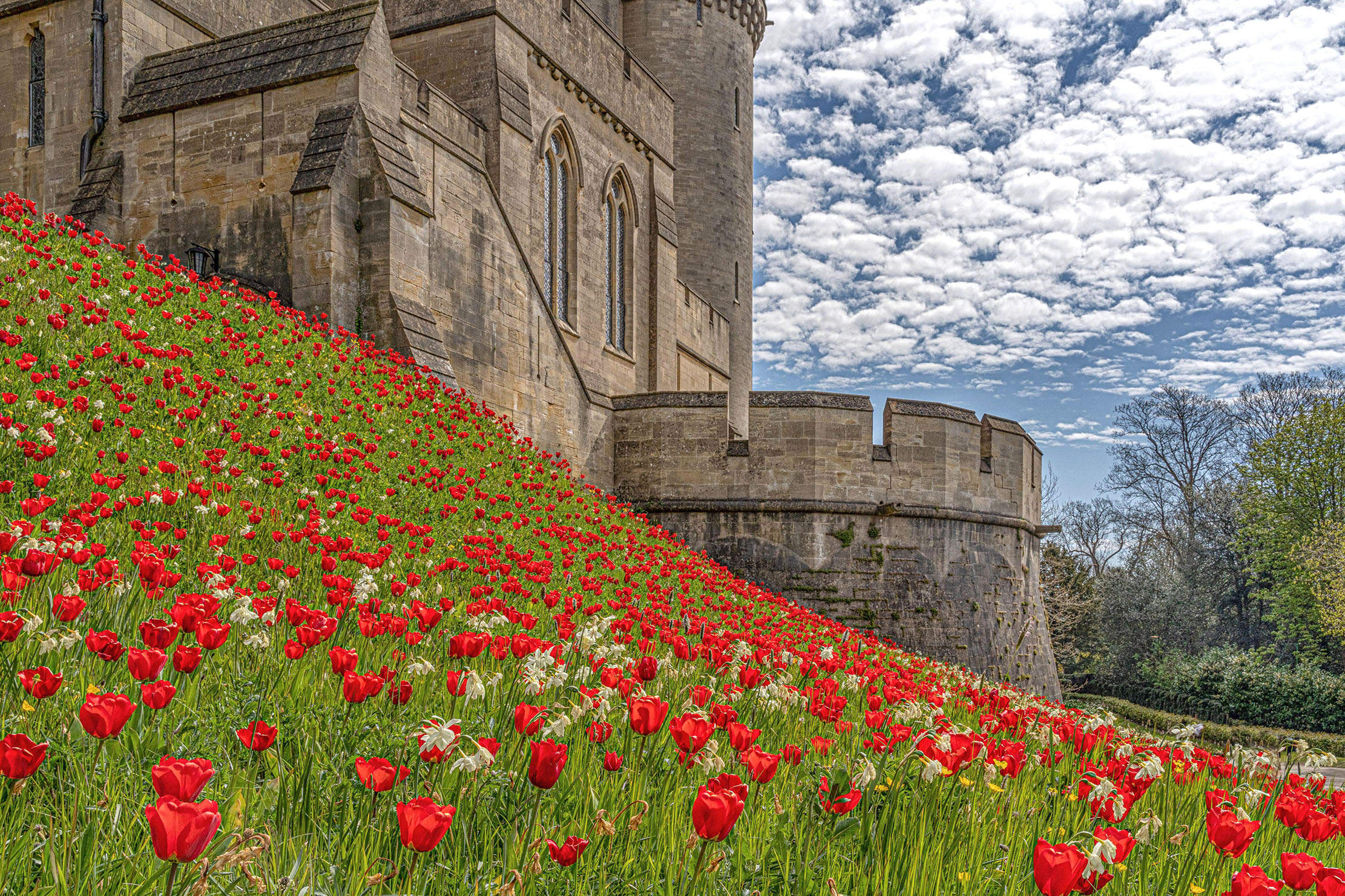

Of all the spring flowers, tulips take the prize as the most spectacular. I yearn in January and February for the appearance of the first snowdrop — proving to me that spring will, indeed, come again — and the daffodils that follow with their floral sunshine give a great lift to my spirits. But with the arrival of the tulips in April, I can revel for fully two months in a world of unrivalled floral generosity. After a diet of white and yellow (with the odd splash of orange from a daffodil trumpet), I can now enjoy a colour palette that includes everything except true blue in single or double flowers that may be cup-shaped, starry or ‘lily flowered’. Yes; I love tulips.
The great thing about buying new bulbs is that the first season’s display is guaranteed — that embryonic flower is sitting at the heart of fleshy, condensed scales, just waiting to become hydrated. This is as near to floral magic as it gets (unless you visit the arid wastes of Namaqualand in South Africa at the moment when they burst into bloom with their vibrant daisies). With tulips, what occurs in subsequent years is down to our cultivation techniques, but, at 50p or less for a single bulb, the initial outlay represents wonderful value for money and a guaranteed result.
Much is written about the best time to plant tulip bulbs. Daffs and narcissi should go in as early as possible (spear one by accident with a garden fork in August cultivations and you will discover it is already making fresh roots). Tulips, it is generally agreed, can be planted much later. My colleague Charles Quest-Ritson is a December planter. I find on my well-drained soil that any time between October and Christmas is fine. The later planting recommendation might be pertinent on very wet ground, but then tulips tend to fizzle out where conditions are soggy.
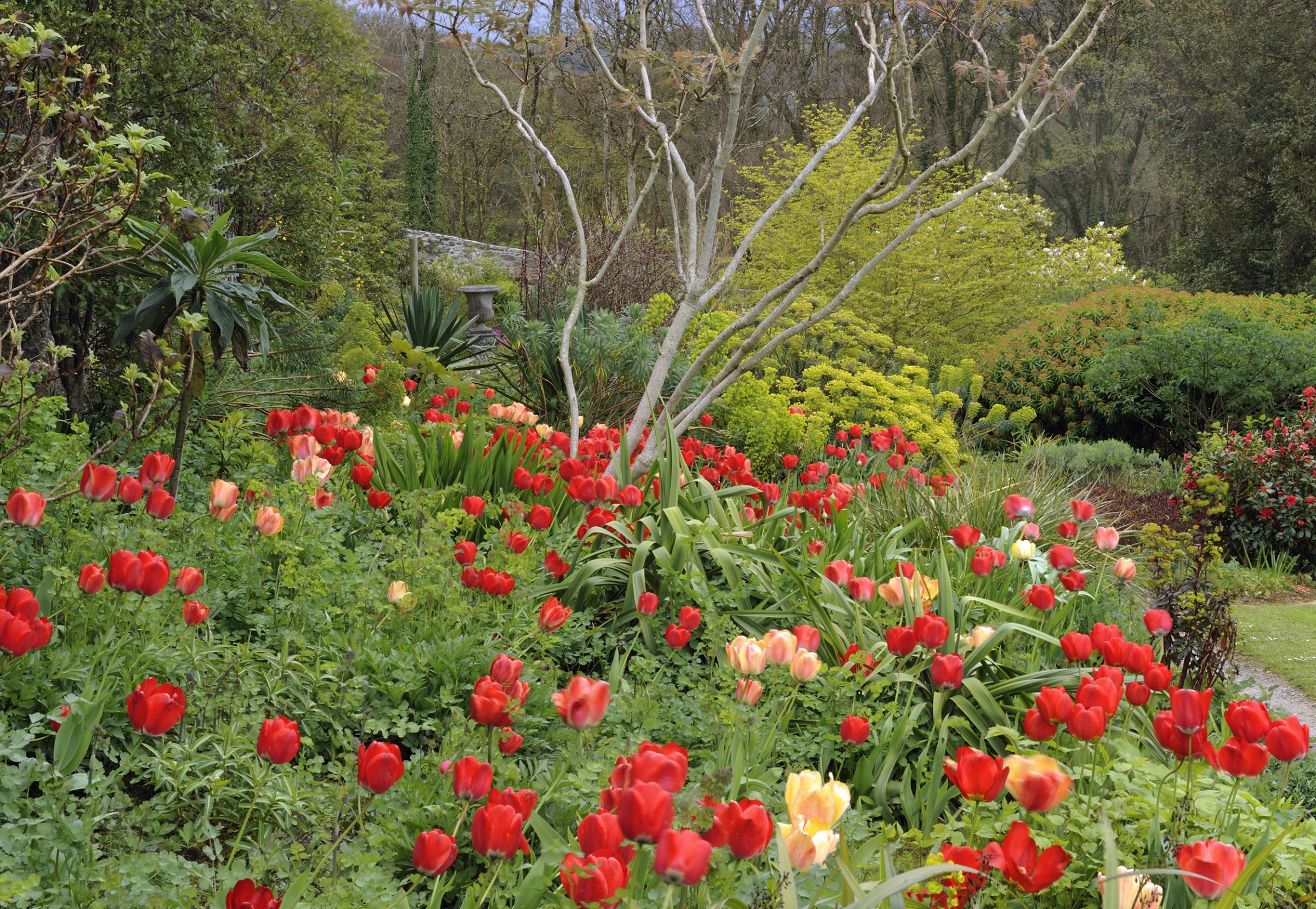
Plant them 6in apart and 8in deep and many will come up reliably every year (‘Spring Green’ is especially reliable), others will gradually fizzle out, sending up one sail-like leaf as a kind of distress signal. In grass, this is especially prevalent and, here, the display is best added to each year. The alternative in beds and borders is to dig up and dry off bedding tulips after flowering, separating the clusters of bulbs at the base of each stalk and retaining only the largest for planting next year.
I plant a dozen or more large terracotta potfuls and fill large lead tubs with tulips to brighten our terrace in April and May. The bulbs are placed 4in deep and 2in apart in fresh, peat-free compost.
Last year, due to damp conditions, many tulips displayed the symptoms of what appeared to be tulip fire — a fungus disease (Botrytis tulipae), which causes straw-coloured streaks on petals and leaves. In many cases, this was not ‘tulip fire’ proper, but a related fungus that, unlike fire, will not necessarily recur from year to year. Even so, I reckon it makes sense to replace the top 6in–8in of compost in such containers before replanting them, so that all traces of either fungus are removed.
I like to try a few new varieties each year, but favourites such as ‘Chansonette’ (maroon-edged white), ‘Gavota’ (maroon-edged yellow), ‘Prinses Irene’ (orange-flushed purple) and the towering, amazonic ‘El Nino’, which comes in a confection of oranges, are always on my list. If you want to make children smile, grow a potful of ‘Ice Cream’ — the shape and colouring show it to be well named — a cornet full of pink and white. Tasteful? Not remotely. Amusing? Definitely.
Exquisite houses, the beauty of Nature, and how to get the most from your life, straight to your inbox.
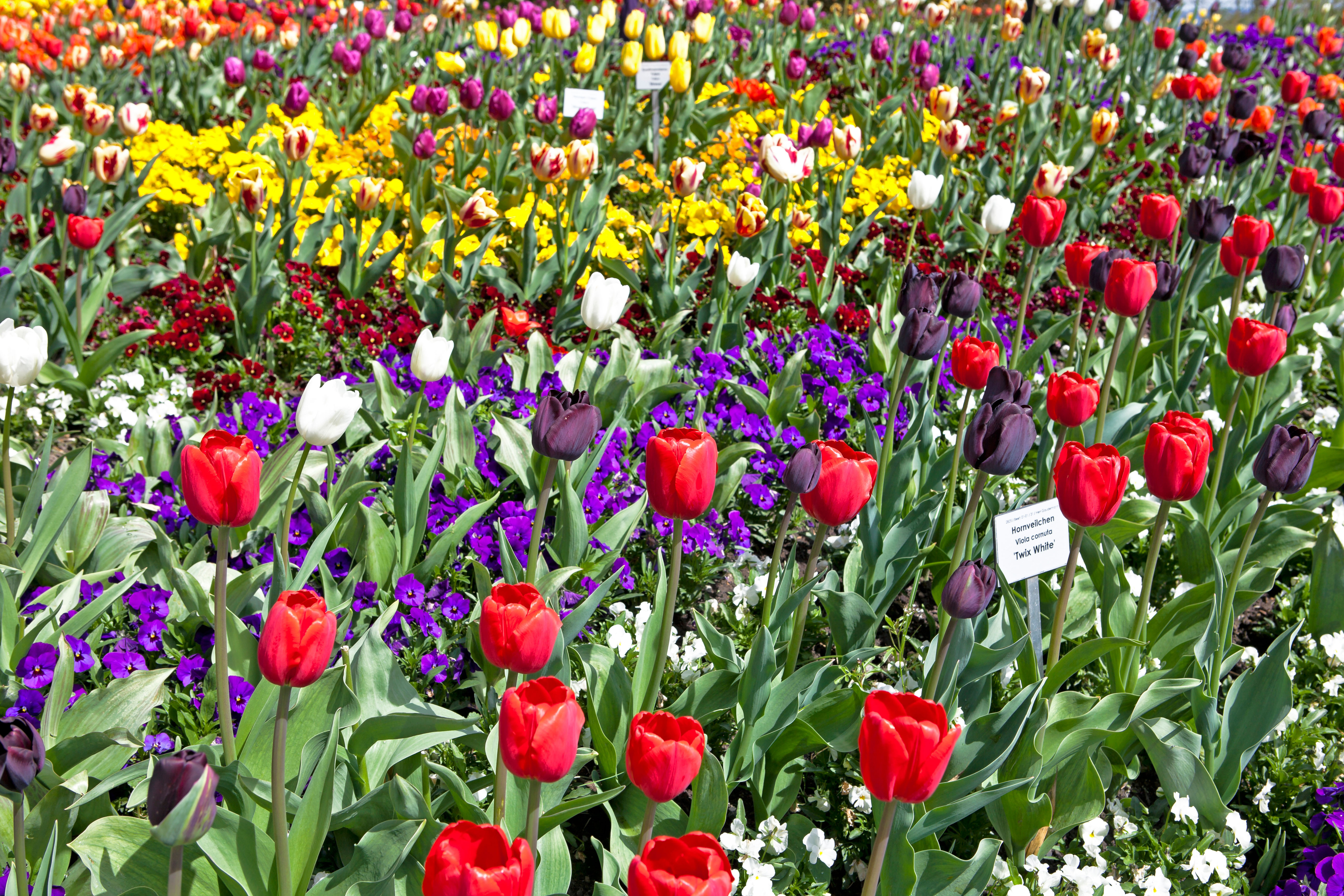
In beds and borders, single colours are often thought to be the most elegant, but I love complementary mixtures, such as that used by Kew Gardens: ‘Clearwater’, ‘Dordogne’, ‘Menton’, ‘Niigata’ and ‘Queen of Night’ — a mixture of pinks, mauves and one of the nearest to a black tulip that we have.
If you want to be blown away by a tulip display (and to check out varieties for planting next year) take a trip to the tulip festival at Arundel Castle in West Sussex, where Martin Duncan and his team preside over an astonishingly spectacular garden that has tulips in containers, beds and borders, as well as meadows and the grassy slopes of the castle. Last year, the scarlet tulips were reminiscent of the ceramic poppies on the ramparts of the Tower of London that commemorated the centenary of the First World War in 2014. They were simply breathtaking.
Chatsworth: The gardens and the people who made them by Alan Titchmarsh is out now (Ebury Spotlight, £35)
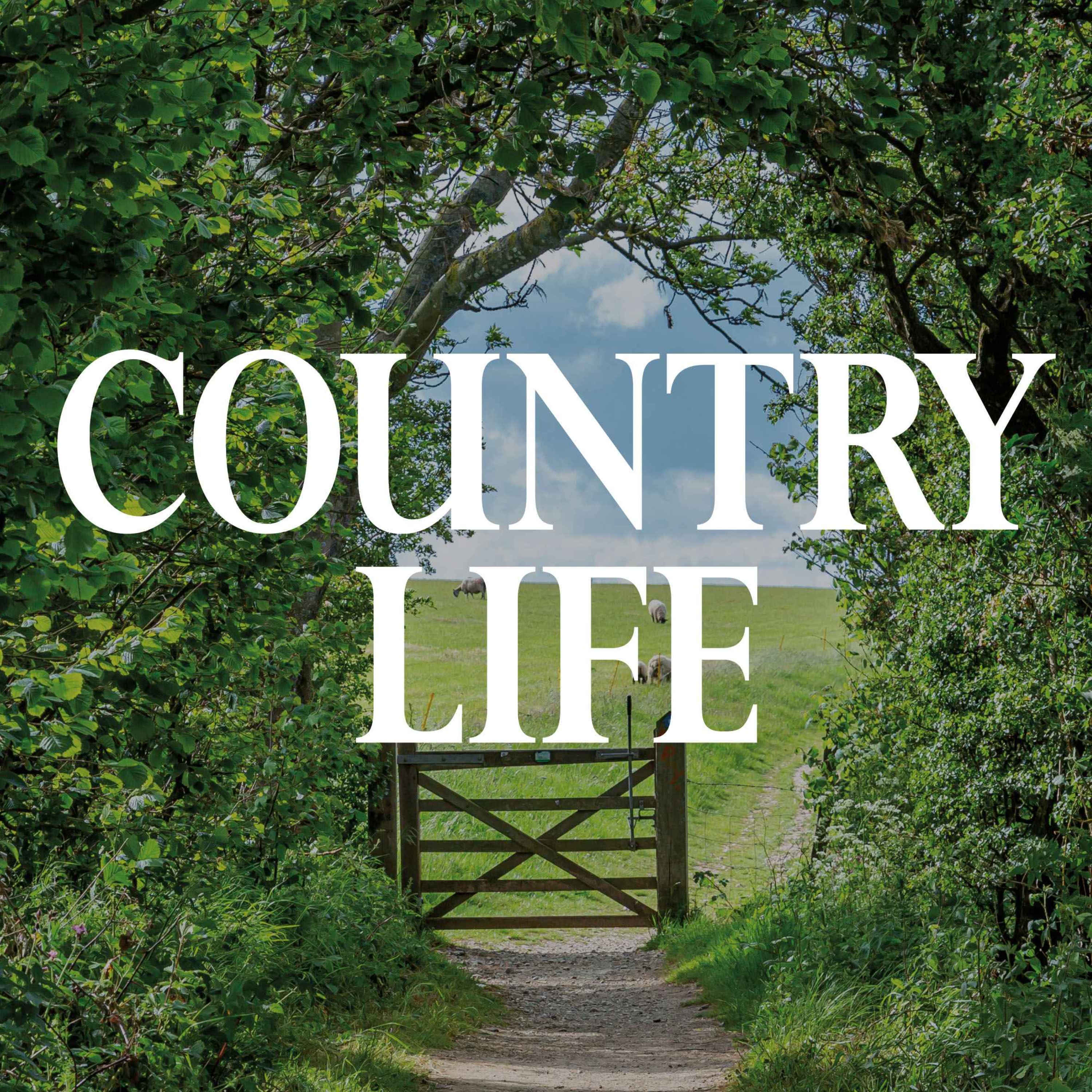
The Country Life Podcast
Listen to all the episodes of the Country Life Podcast.
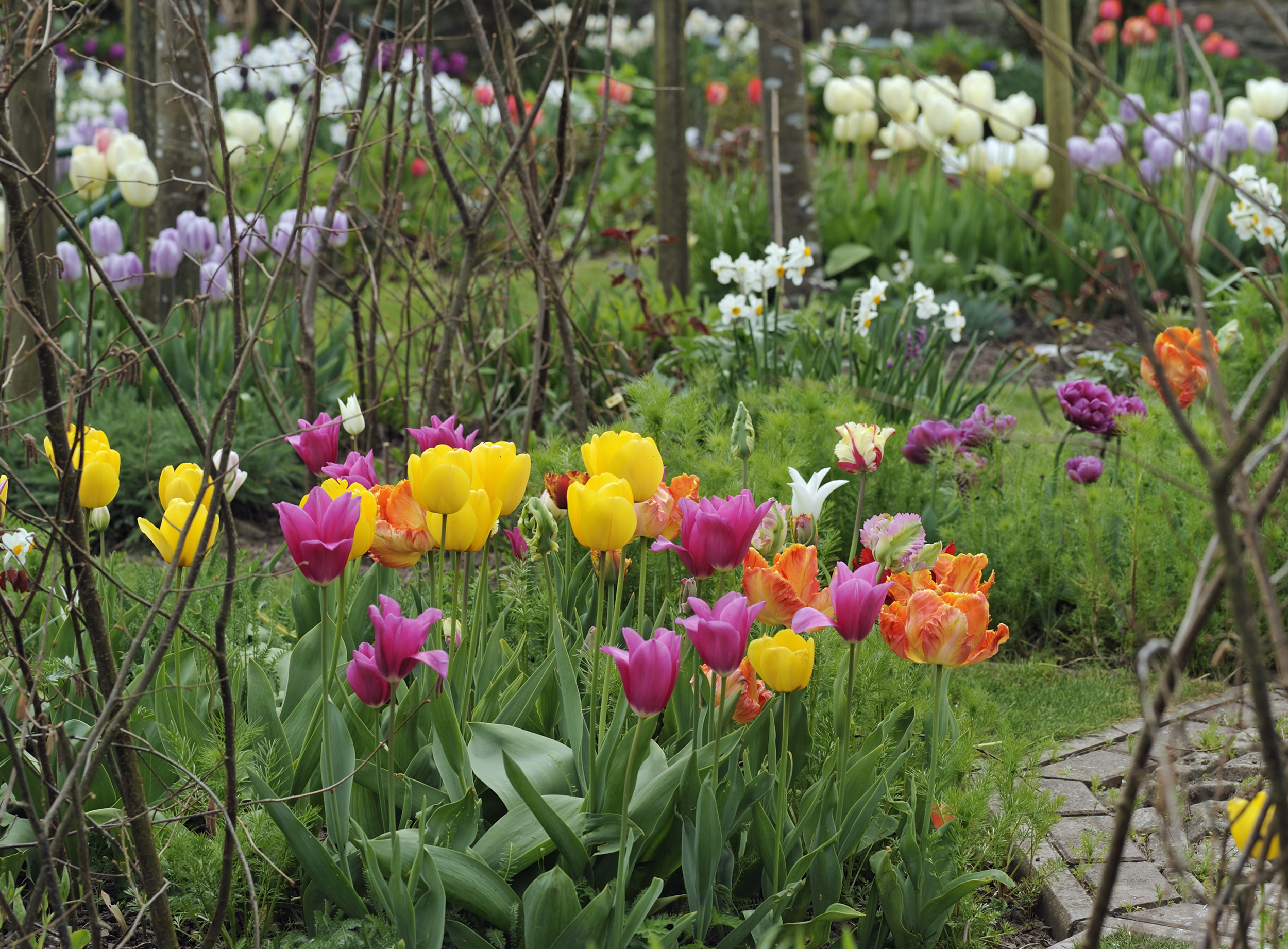
How to grow tulips, by the gardener who creates the incomparable display at Parham Park
Parham Park’s head gardener Tom Brown shares his tips on how to grow tulips.
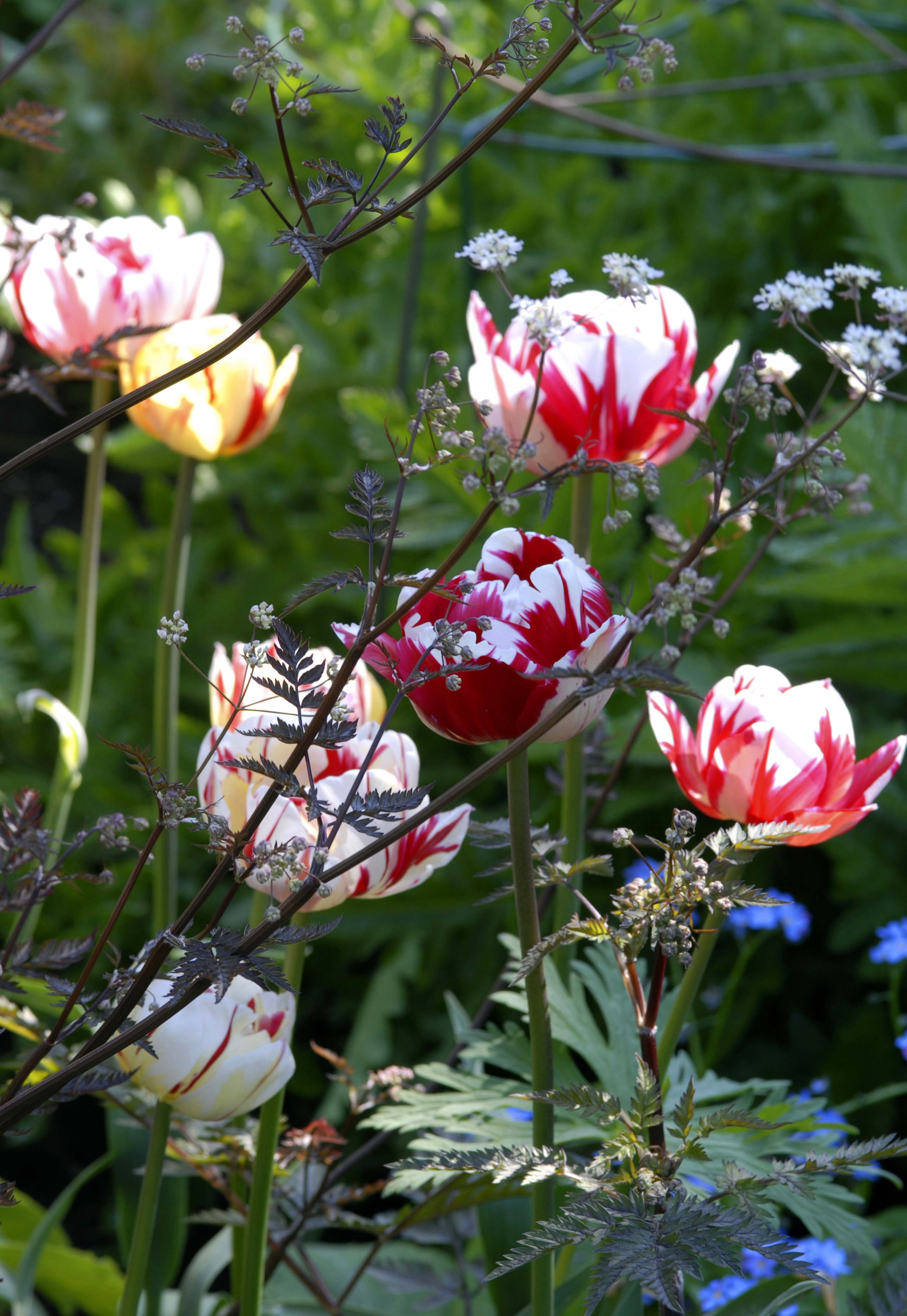
Curious Questions: What caused Tulipmania?
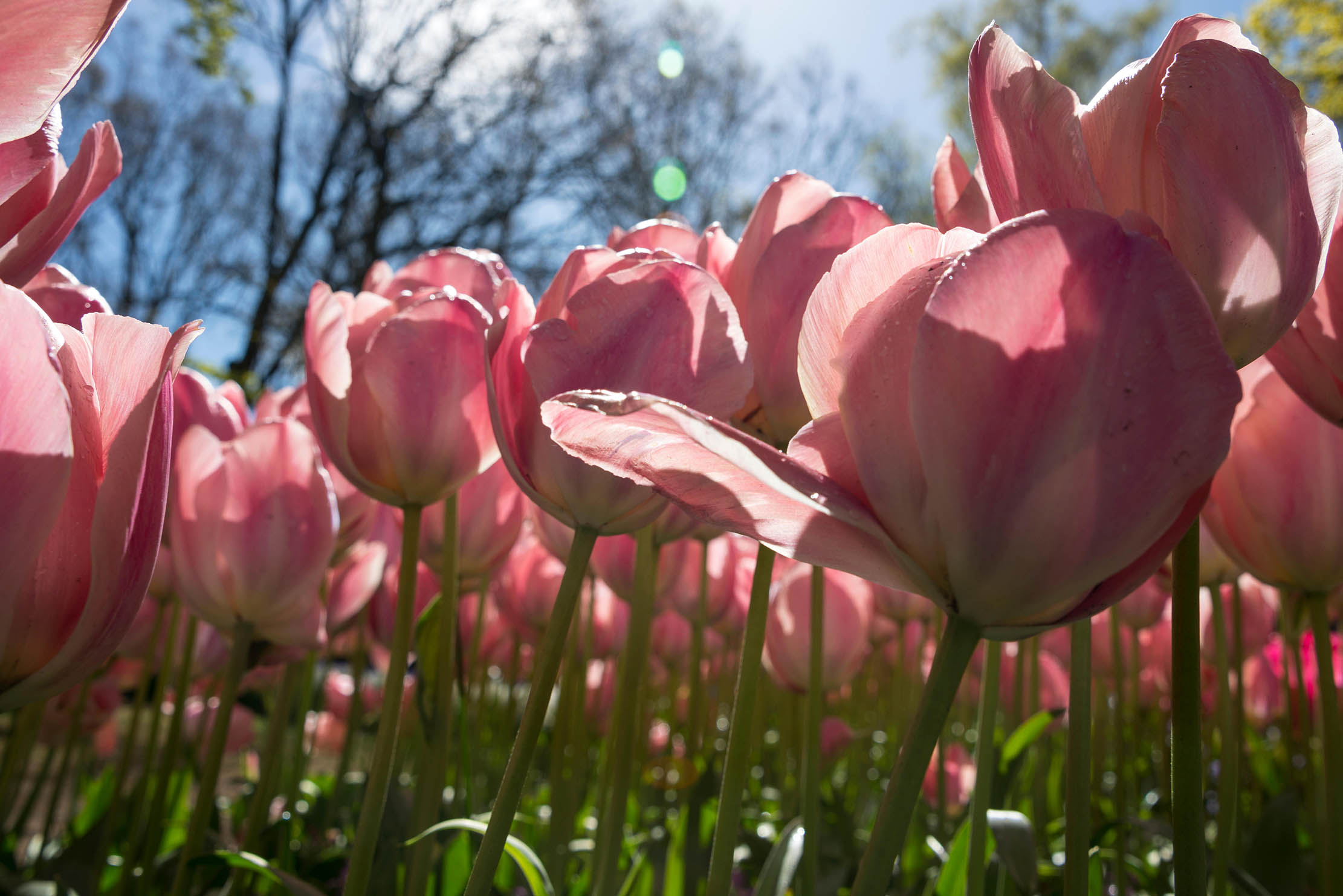
Alan Titchmarsh: Everyone loves tulips — but make sure you plant the good ones
It's the time of year to plant tulips if you want an explosion of colour next Spring. Alan Titchmarsh picks
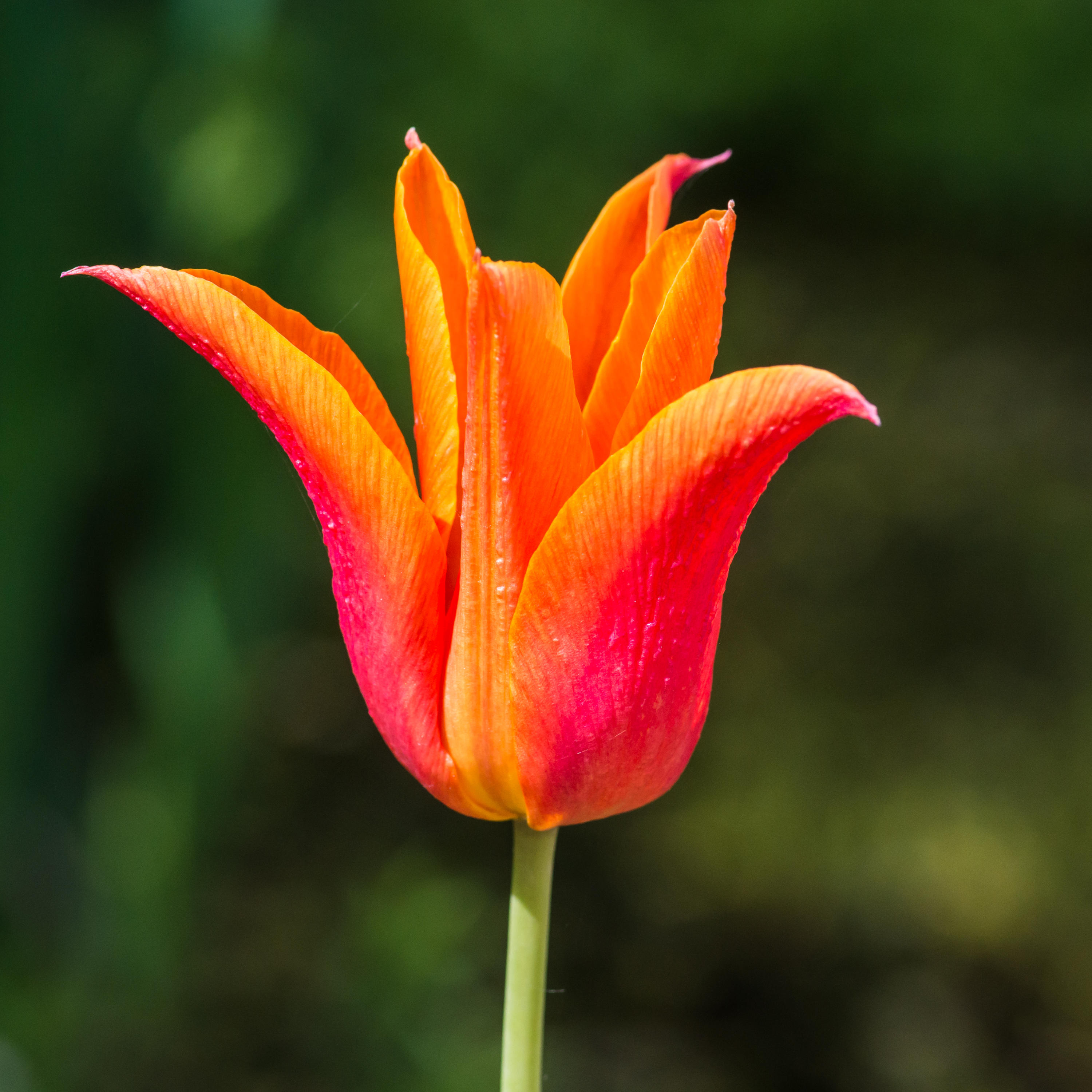
Best tulips: The bulbs to buy now to light up your garden throughout next summer
Charles Quest-Ritson once looked down on tulips, something he deeply regrets. Don't make the same mistake, he says, as he
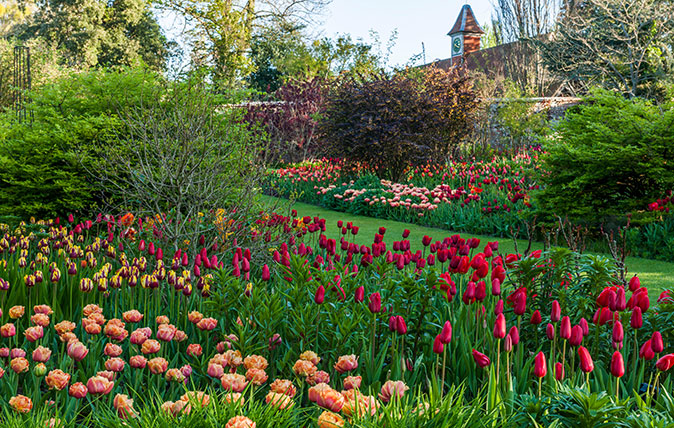
Credit: John Glover / Alamy Stock Photo
Ten simply magnificent photographs of Pashley Manor, Britain's greatest tulip festival
Every year, Pashley Manor's stunning tulip festival attracts people from across the world to enjoy these beautiful blooms in a
Alan Titchmarsh is a gardener, writer, novelist and broadcaster.
-
 It's a perfect storm for the revival of eclecticism, and we're in the middle of it
It's a perfect storm for the revival of eclecticism, and we're in the middle of itIn design, periods of purism are often followed by a dramatic new mood. Now, the scene is set for an exciting revival of eclecticism.
-
 How good is your Claudia Winkleman trivia? Find out in The Country Life Quiz of the Day, October 13, 2025
How good is your Claudia Winkleman trivia? Find out in The Country Life Quiz of the Day, October 13, 2025What secrets lurk beneath that fringe?
